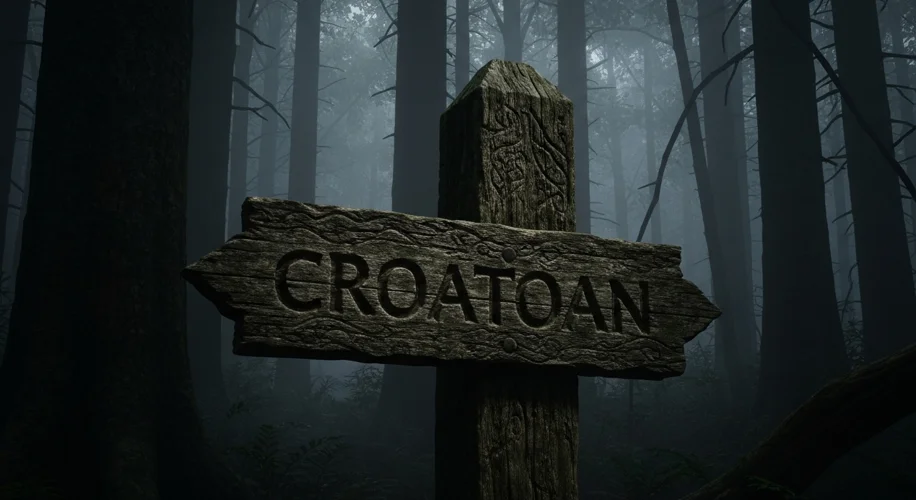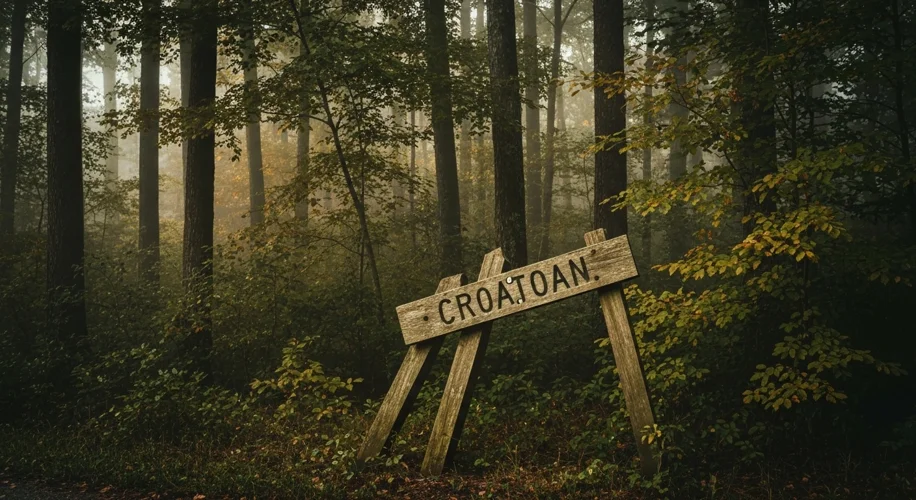The year is 1587. A ship carrying 117 English men, women, and children, led by the artist and governor John White, drops anchor off the coast of North Carolina. Their destination: Roanoke Island, a promising, albeit already twice-failed, attempt at establishing England’s first permanent foothold in the New World. This was not merely an expedition; it was an act of faith, a gamble against the vast, unknown Atlantic, and a desperate bid to plant the English flag firmly in a land claimed by Spain.
The late 16th century was an era of burgeoning English ambition, fueled by a potent mix of economic opportunity, religious fervor, and a deep-seated rivalry with Catholic Spain. Queen Elizabeth I, a monarch renowned for her shrewdness and patronage of exploration, saw overseas colonies as vital to England’s growing power. Sir Walter Raleigh, a charismatic courtier and explorer, was the driving force behind the Roanoke ventures, envisioning a strategic base to challenge Spanish dominance and secure new trade routes.
John White, a seasoned artist and cartographer, had previously accompanied a failed colonization attempt to Roanoke in 1585. He had captured glimpses of the indigenous Croatan people, documenting their lives and customs with remarkable detail. This time, his mission was to establish a lasting settlement, a “City of Raleigh,” a testament to English resilience. The colonists included families, not just soldiers, signaling a genuine intention to build a new society. Among them was Eleanor Dare, who gave birth to Virginia Dare, the first English child born in the Americas, a symbol of hope and a new beginning.
However, the nascent colony was immediately beset by challenges. Relations with some local Native American tribes were strained, and the constant threat of Spanish interference loomed large. White, needing to replenish vital supplies, made the difficult decision to return to England, promising to bring back necessary provisions as quickly as possible. He left behind his wife and infant daughter, Virginia, with the assurance that he would be back within months. He departed in late August 1587.
His return was anything but swift. The outbreak of war between England and Spain, the Spanish Armada’s looming threat, meant all available ships were pressed into military service. White was stranded in England, desperately lobbying for a rescue mission. It would be three long years before he could finally set sail back to Roanoke. Three years is an eternity when you’ve left your family in a fledgling colony on a distant shore.

When White’s relief expedition finally arrived in August 1590, the settlement was eerily silent. The houses were standing, but there were no inhabitants. The palisades were intact, no signs of a struggle, no bodies, no evident destruction. The only clue, painstakingly carved into a post of the fort and a nearby tree, was a single word: “CROATOAN.” It was also found scratched into a tree, spelling out CROATOAN, the name of a nearby island and a local Native American tribe with whom the colonists had maintained friendly relations.
What happened to the “Lost Colony”? The question has echoed through centuries, spawning countless theories. Did they attempt to integrate with the Croatan people, their friendly neighbors? Evidence suggests some interaction, perhaps even intermarriage, with Native American tribes, with some accounts of blonde-haired, blue-eyed Native Americans in the region. Was there a natural disaster? A disease? Or did they fall prey to hostile tribes or Spanish forces, though no definitive proof of such an attack has ever been found.
John White, heartbroken and filled with a gnawing dread, could not risk further exploration due to depleted supplies and the approaching hurricane season. He sailed away, never to return. The fate of his daughter, Virginia Dare, and the other colonists, remained an agonizing enigma.
The Roanoke mystery is more than just a historical puzzle; it’s a profound human story of hope, ambition, and the unforgiving nature of the unknown. It speaks to our deep-seated fascination with the unexplained, with lives that simply… vanished. The whispers of “CROATOAN” continue to beckon, a siren call across the centuries, inviting us to ponder the ultimate fate of England’s first lost souls in the New World.

